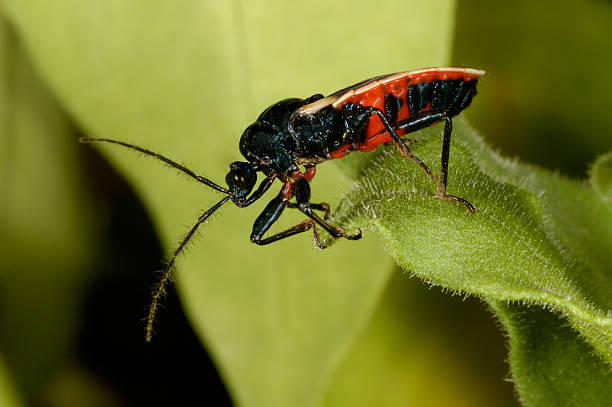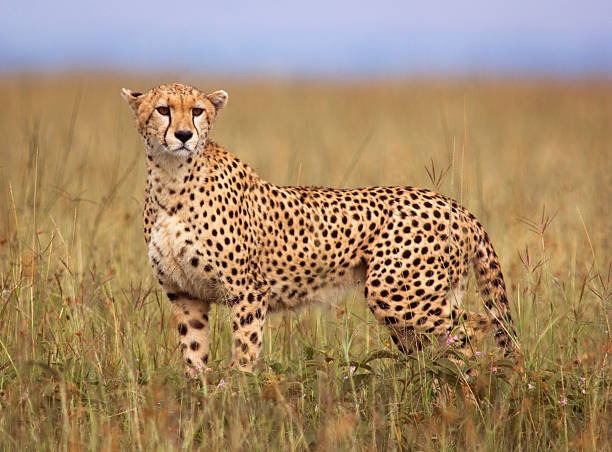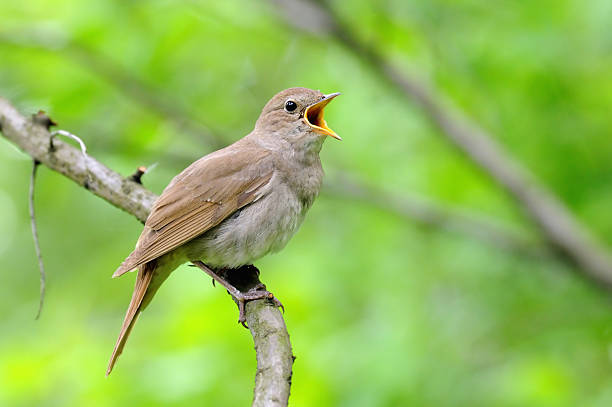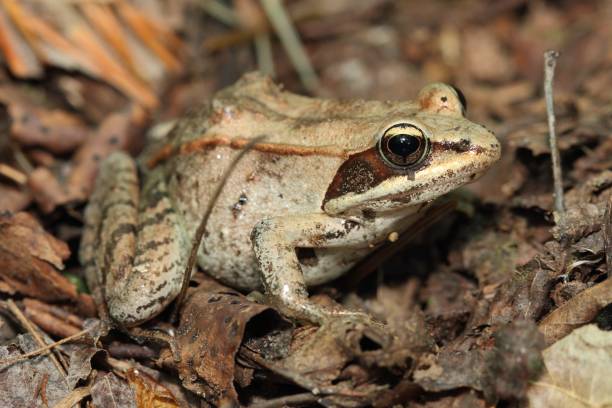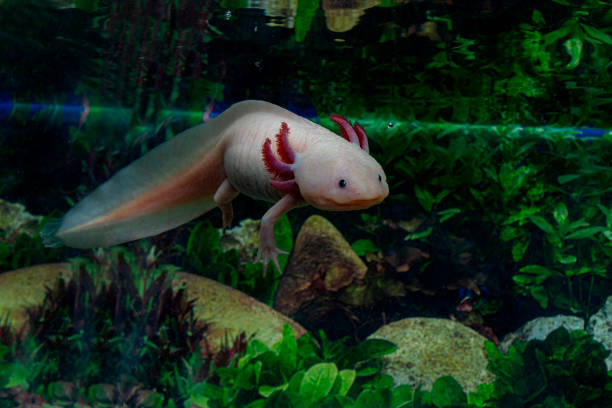The world of insects is vast, intricate, and often invisible to us. We swat at mosquitoes, admire butterflies, and fear wasps—but beyond those familiar wings lies a hidden realm of creatures more bizarre and astonishing than any fantasy. From beetles that shoot boiling chemicals to ants that explode in defense of their colonies, nature’s tiniest architects, warriors, and magicians have evolved in ways that stretch the limits of imagination.
Every forest floor, leaf, and grain of soil hides a story—a living miracle written in chitin and wing. These are the insects that few have heard of, yet each one reveals something profound about evolution’s endless creativity. Let’s dive into their miniature worlds and meet ten of the most fascinating insects that will change how you see life itself.
1. The Assassin Bug – Nature’s Deadliest Strategist
If insects had secret agents, the assassin bug would be their top operative. With dagger-like mouthparts and unmatched cunning, it hunts with ruthless precision. Found in tropical and subtropical regions across the world, assassin bugs belong to the Reduviidae family—predators armed with a piercing-sucking beak that injects a paralyzing enzyme into their prey.
But their hunting tactics go beyond brute force. Some species of assassin bugs wear the corpses of their victims like armor, stacking ant bodies on their backs to disguise their scent and sneak into enemy colonies. Others use deception, tapping on webs to lure spiders closer before delivering a fatal strike.
Their bite is powerful enough to subdue prey several times their size—and painful enough that even humans remember it. Yet behind that violence is a strange brilliance: an insect that uses strategy, patience, and camouflage like a true predator of the microscopic wild.
In the grand theater of evolution, the assassin bug plays the role of both warrior and tactician, reminding us that intelligence wears many forms—and sometimes, it walks on six legs.
2. The Orchid Mantis – The Flower That Eats
At first glance, you might think you’ve stumbled upon a delicate orchid swaying in the breeze. But look closer—those petals are legs, those stamens are eyes, and the “flower” is waiting for its next meal.
The Orchid Mantis (Hymenopus coronatus), native to Southeast Asia, is one of the most stunning examples of mimicry in the animal kingdom. Its body perfectly resembles the petals of a blooming orchid, not just in color but in shape and motion. It doesn’t hide among flowers—it becomes one.
This mantis uses its disguise to attract pollinators like bees and butterflies. Unsuspecting visitors, drawn by the illusion of nectar, land within reach of its raptorial forelegs. In an instant, beauty turns to danger.
What makes the orchid mantis especially fascinating is that it doesn’t merely blend into the environment—it manipulates it. Studies have shown that pollinators are more attracted to the mantis’s mimicry than to actual flowers. In other words, evolution has crafted a predator more convincing than nature’s own blossoms.
3. The Bombardier Beetle – The Living Chemical Reactor
Deep in the undergrowth, a small beetle carries within it a weapon straight out of a science fiction novel. The Bombardier Beetle (family Carabidae) has one of the most extraordinary defense systems in nature—a miniature chemical cannon built into its abdomen.
When threatened, it mixes two chemicals—hydroquinone and hydrogen peroxide—inside a special reaction chamber. The result? A violent chemical explosion that reaches temperatures of nearly 100°C (212°F). The beetle ejects this boiling liquid in rapid bursts, accompanied by a loud popping sound, directly at its attacker.
Each blast is precisely controlled—the beetle can aim its turret-like abdomen in nearly any direction, firing repeatedly without harming itself. The reaction occurs in milliseconds, a feat of biochemical engineering that has inspired scientists studying micro-reactors and even rocket propulsion.
This small insect demonstrates how evolution is not just creative—it’s ingenious, producing natural technology so advanced it rivals human invention.
4. The Treehopper – The Insect with Nature’s Strangest Headgear
If aliens ever visited Earth, they might look like treehoppers. These tiny sap-sucking insects, part of the family Membracidae, are famous for their bizarre helmets—elaborate extensions of their thorax that take the form of spikes, globes, leaves, or even fake ants.
No one knows for certain why treehoppers evolved such strange ornaments. Some scientists believe they serve as camouflage, breaking up the insect’s outline to hide it from predators. Others suggest they mimic dangerous insects, providing protection through deception.
But the mystery deepens: these ornate “helmets” are actually evolutionary modifications of what used to be a second pair of wings. Millions of years ago, genetic changes transformed flight organs into decorative structures unlike anything else in nature.
Treehoppers also communicate through vibrations sent along plant stems, using complex signals to court mates or warn of predators. They may be small, but they are a living testament to evolution’s artistry—a blend of communication, adaptation, and sculpture in miniature form.
5. The Goliath Beetle – The Heavyweight of the Insect World
In the African rainforest, beneath thick canopies of green, roams a creature that could fit in the palm of your hand yet weighs as much as a small bird. The Goliath Beetle (genus Goliathus) is among the largest and heaviest insects on Earth, capable of reaching up to 100 grams (3.5 ounces).
Despite its intimidating size, the Goliath Beetle is a gentle giant, feeding mainly on tree sap and fruit. Its strength is legendary—it can lift objects more than 800 times its body weight. That’s equivalent to a human lifting a fully loaded airplane.
The males are equipped with horn-like structures used in battles for mates, while the larvae grow into enormous grubs that can reach the size of a human finger. Their exoskeletons are beautifully patterned with black, white, or brown markings, resembling natural armor.
Beyond its physical power, the Goliath Beetle is a marvel of biological efficiency—engineered to be strong, resilient, and perfectly adapted to life in the humid jungles it calls home.
6. The Antlion – The Sand Architect of Death
The Antlion may sound like a mythical creature, and in many ways, it is. Found in warm, sandy regions across the world, this insect spends its youth as a cunning predator buried beneath the soil.
In its larval stage, the antlion constructs conical pits in loose sand. When an unsuspecting ant or small insect wanders too close, the ground gives way, and the prey slides helplessly down into the trap. The antlion, waiting at the bottom, seizes it with powerful jaws.
The precision of these traps is breathtaking. The angle of the pit walls is calculated to match the maximum slope that loose sand can support before collapsing. If prey tries to escape, the antlion flicks sand grains upward, triggering tiny avalanches that drag the victim back down.
After several years in this larval stage, it transforms into a delicate, dragonfly-like adult. Yet, it’s the patient architect beneath the sand that captures our imagination—a silent reminder that even the smallest creatures can master geometry and engineering without ever going to school.
7. The Dracula Ant – The Fastest Bite in the World
In the dark soils of Madagascar lives an insect with a taste for blood—its own family’s blood. The Dracula Ant (Mystrium camillae) gets its name from its bizarre feeding habits. Instead of hunting other creatures, it pierces the skin of its larvae and drinks their hemolymph, the insect equivalent of blood. Astonishingly, the larvae survive, and this vampiric exchange may provide essential nutrients to adult ants.
But that’s not all. The Dracula Ant holds a world record: it has the fastest known animal movement ever recorded. Its mandibles snap shut at an unbelievable speed—up to 320 kilometers per hour (200 mph). That’s 5,000 times faster than the blink of an eye.
The secret lies in a unique “spring-loaded” jaw mechanism. The ants press their mandibles together until tension builds, then release the stored energy in an explosive snap used to strike prey or defend the colony.
It’s a strange, violent world for an insect so small, yet one that showcases how evolution can take something as simple as a jaw and turn it into a biological masterpiece of speed and power.
8. The Lanternfly – The Insect with a False Face
From a distance, the Lanternfly (Fulgora laternaria) seems almost magical—a colorful insect with a glowing “lantern” on its head. For centuries, people believed it emitted light, hence its name. Modern science has shown that it doesn’t actually glow, but its appearance remains one of the most peculiar in the insect world.
Native to Central and South America, the Lanternfly’s head is shaped like an elongated snout resembling a miniature alligator. Its wings are equally dramatic, painted with patterns that resemble large eyes. When threatened, it flashes these “eyes” to startle predators.
The deception doesn’t stop there. Its snout, patterned like bark or fruit, helps it blend into the rainforest environment. Despite its strange look, it’s a harmless sap-feeder, spending its days sipping nutrients from trees.
Scientists are still puzzled by the true purpose of its exaggerated head structure, but one thing is certain: in a world full of predators, survival sometimes means turning illusion into armor.
9. The Malaysian Exploding Ant – The Martyr of the Jungle
In the rainforests of Borneo, there exists an ant that defends its colony with the ultimate sacrifice. When threatened, the Malaysian Exploding Ant (Colobopsis explodens) literally explodes.
These ants have specialized glands filled with toxic yellow fluid. If an intruder attacks, certain worker ants will rupture their own bodies, spraying the sticky, corrosive substance onto the enemy. The explosion kills the attacker—and the ant itself.
This suicidal defense mechanism ensures the safety of the colony, demonstrating how evolution favors collective survival over individual life. It’s an extraordinary act of biological selflessness that blurs the line between instinct and heroism.
The chemical composition of the fluid is so potent that researchers are studying it for potential medicinal and antibacterial properties. Even in death, the exploding ant’s legacy continues, reminding us that nature’s fiercest warriors sometimes fight with their very lives.
10. The Glasswing Butterfly – The Invisible Jewel
Delicate, elusive, and ethereal—the Glasswing Butterfly (Greta oto) is a living ghost of the forest. Found in Central and South America, it possesses wings so transparent they seem made of air.
Unlike other butterflies that dazzle with color, the Glasswing’s beauty lies in invisibility. Its wings lack the usual pigmented scales, allowing light to pass through. This makes it nearly invisible against the lush greenery, a perfect camouflage against predators.
Yet, when sunlight strikes at the right angle, its wings shimmer with subtle iridescence, like light glancing off water. Scientists have discovered that the microscopic structure of its wings prevents glare and reflection, inspiring research in anti-reflective coatings for screens and solar panels.
The Glasswing Butterfly’s transparency isn’t just a survival trick—it’s a metaphor for nature’s elegance in simplicity. In a world obsessed with color and noise, this quiet masterpiece proves that beauty can be invisible, fragile, and yet profoundly powerful.
The Endless Imagination of Evolution
From exploding ants to flower-shaped assassins, these insects show us that evolution is not a slow crawl toward perfection—it is a wild dance of experimentation. Each adaptation, however strange, tells a story of survival, resilience, and creativity.
The world of insects operates on a scale too small for most of us to notice, yet within it lies a universe of design and intelligence that has inspired scientists, artists, and engineers alike. Their colors become pigments, their mechanics become machines, and their lives become lessons in balance and innovation.
So the next time you see a beetle crossing a path or a mantis poised among leaves, remember—you are looking at the result of hundreds of millions of years of imagination. These tiny beings have shaped ecosystems, sustained life, and revealed truths about existence itself.
In the whisper of wings and the shimmer of a carapace, the story of evolution unfolds—not in textbooks, but in the living poetry of insects most of us have never even heard of.
